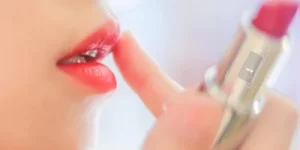During our school days, we often use rulers and erasers. We may frequently observe the phenomenon that when rulers and erasers are in contact for a long time, they stick together. Especially when both the ruler and eraser are kept in a pencil case, this phenomenon occurs after a few days. Have you ever wondered why this happens?
Let’s explore this common knowledge together.
Rulers are made of various organic polymers, including polystyrene (PS), polypropylene (PP), and so on. The composition of erasers typically includes polyvinyl chloride (PVC) and other compounds (such as plasticizers).
The function of plasticizers is to make materials softer. They mix into organic polymers, increase the distance between molecules, and reduce intermolecular attraction.

As ruler and eraser are stored together, the small molecules in the plasticizer of the eraser diffuse into the surroundings, causing these internal small molecules to migrate into the ruler. Since the contact surface between the ruler and eraser is relatively dense, the small molecules cannot easily escape into the environment. This results in maintaining a certain concentration on the contact surface. From a macroscopic perspective, the ruler and eraser appear to stick together.
This physical phenomenon of molecular diffusion is not very complex, and many phenomena in our daily lives are caused by it. Although the physics knowledge learned in school may not always be directly applicable, it certainly helps us better understand the world around us.



